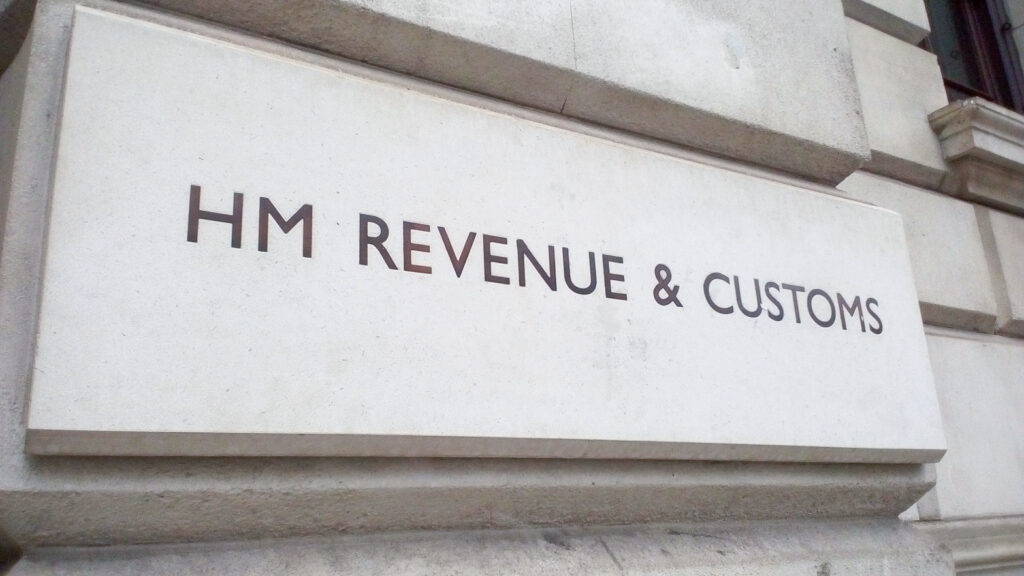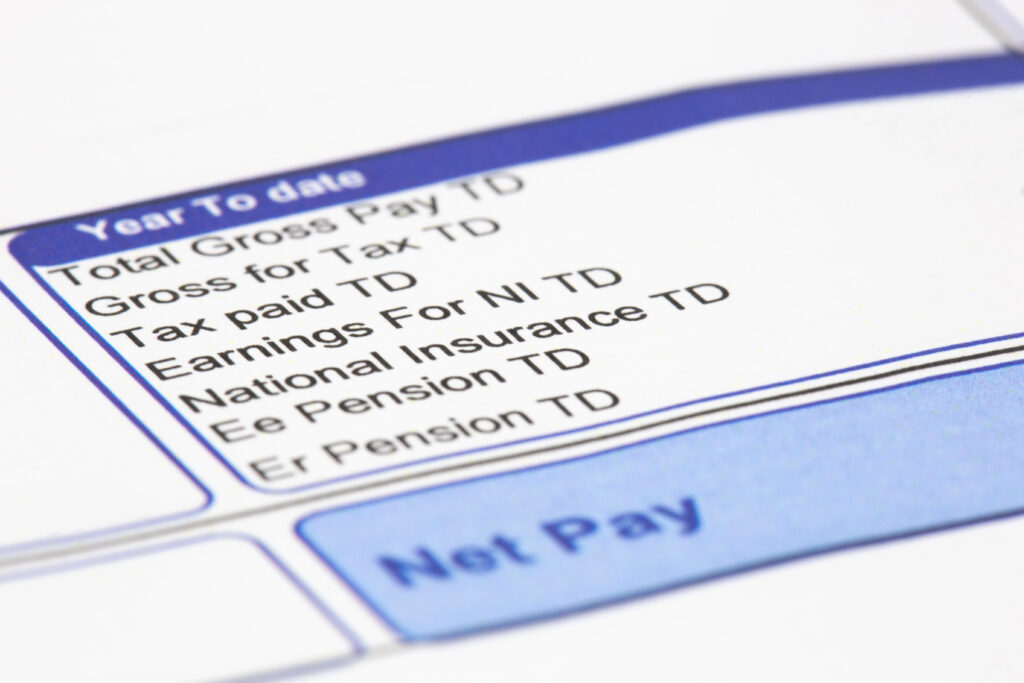Umbrella companies exist to process the payroll of employees, but how do they do this? This article will provide a short overview of how umbrella companies work – with an emphasis on how umbrella companies process the payroll of employees. We hope you find it useful!
PAYE
Pay As You Earn, or simply PAYE, is the government’s payroll system used to gather tax and National Insurance Contributions (NIC) from employees in the UK.
Employers are responsible for operating PAYE and making the necessary deductions to their employees pay. These include tax, NIC and other deductions such as student loan repayments and pension contributions. Once all the legal deductions have been made to an employee’s gross pay, the employer will pay the worker their net salary.
Umbrella companies operate in a very similar way. When a contractor or freelancer joins an umbrella company, they become an employee, and the umbrella is the employer. The umbrella acts as the employer for payroll purposes and will ensure each umbrella employee receives their net salary at the agreed frequency (often weekly, by-weekly or monthly). Every deduction that an umbrella makes to the pay of its employees is sent to HMRC – except the umbrella company’s margin and Holiday Pay.
Umbrella companies deduct a margin from their employees’ gross pay. The margin is basically an administration fee and is the umbrella’s only source of income. You should expect an umbrella’s margin to be between £15 and £30 per week.
Holiday Pay is a little different for contractors using an umbrella compared to workers in full-time employment. When using an umbrella, the Holiday Pay is accounted for in the assignment rate – the rate of pay the worker has agreed with their end-client or recruitment agency. Umbrella company payslips show Holiday Pay as 12.07%, but this is reallocated from the assignment rate, meaning the umbrella employee is no better or worse off. Umbrella employees must understand how Holiday Pay works before registering with an umbrella because it is one of the major causes of confusion.
Umbrella companies process Holiday Pay in two ways – by paying it each time they process an employee’s pay, or accruing it to be paid in a lump sum at a later date. Whichever method – Holiday Pay is always the workers money, and never the property of the umbrella company. Recently, there were accusations made against an umbrella company for unethically retaining accrued holiday pay. If true – this is shocking, and the umbrella in question should be severely punished.
If you ever come across an umbrella company that you believe is acting unethically or unlawfully, read our blog on how to report umbrella companies. Don’t hesitate to take action.
Umbrella companies will use your tax code to calculate your pay. When you join an umbrella, you’ll be required to give them an up to date P45 document. If you don’t have one – do not worry. The government has a Starter Checklist for PAYE, and you can simply complete this and issue it to the umbrella company instead. It’s important you do this to ensure you’re put on the correct tax code, and are not emergency taxed.
Payday
When it’s payday, umbrella employees’ will receive a payslip and their net salary into their personal bank accounts. The deductions that’ll be shown on the payslip will include:
- Income tax
- Employees National Insurance Contributions
- The umbrella company margin
- Pension contributions – if applicable
- Student loan repayments – if applicable
- Employment costs – the Apprenticeship Levy and Employer’s NICs. These needs to be taken into account when negotiating the assignment rate. Many agencies and hirers will already include an uplift for those being paid through an umbrella – to take employment costs into consideration.
Usually, umbrella employees can expect to retain roughly 55 – 70 percent of their pay. If you ever come across an “umbrella company” offering you noticeably higher pay retention, sometimes upwards of 90 percent – run like the wind! They’re almost certainly a tax avoidance scheme and using them for your payroll could land you with a life-changing penalty from HMRC in the future.
Conclusion
There is a common misconception that umbrella companies are very complex and confusing. This isn’t the case. Umbrella companies process the payroll of employees in a very similar way to organisations with permanent members of staff – in accordance with Pay As You Earn (PAYE). The major differences are Holiday Pay, and the employment costs.
We hope the above helps answer the question – how do umbrella companies process the payroll of employees? If you’re looking for more information, you’ve come to the right website. Here are just a few pages we think you might find beneficial.
- Umbrella companies explained
- Umbrella company payslip example
- Advantages and disadvantages of umbrella companies
- Registering with an umbrella company
- Best umbrella companies
- Compare umbrella companies
Top 10 umbrella companies
Are you interested in using an umbrella company, but you don’t know where to start? We’ve collated a list of top 10 umbrella companies and some have special offers at the moment. We recommend you check them out!

























































































































